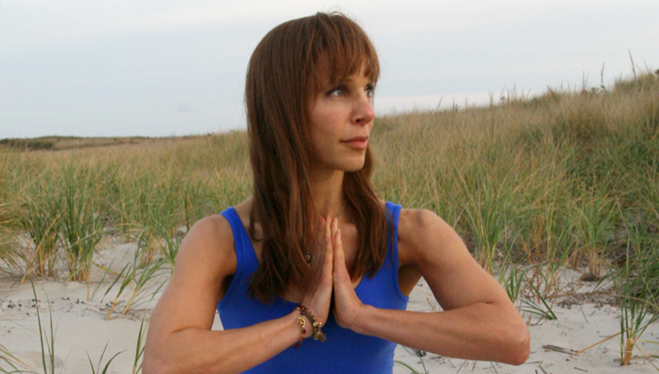Why Optic Flow Restores Us
Boosting optic flow is a powerful and effective way to nourish physical and emotional well-being. Optic flow refers to the unique sensation that occurs when you perceive your environment actively moving in relationship to your body’s movements. What’s at play here? As you walk, bike, run, or swim, objects in your environment appear to move. During a walk, for example, objects grow larger as you approach; this lets you know you’re getting closer. During a swim, you perceive the bottom of the pool (or lake or ocean) receding underneath you, or objects on the side moving as you turn your head to breathe. In optic flow your eyes move, continually updating your brain on your location. That’s not all optic flow does for you. Your visual system links closely with (read: is part of) your autonomic nervous system. Activating your sympathetic (fight-or-flight) nervous system ignites the stress response. This dilates […]
Why Optic Flow Restores Us Read More »
